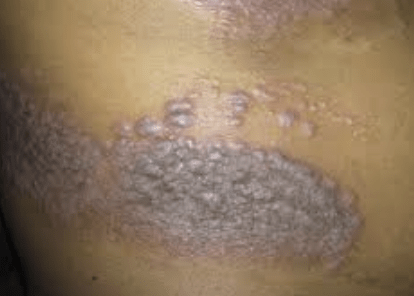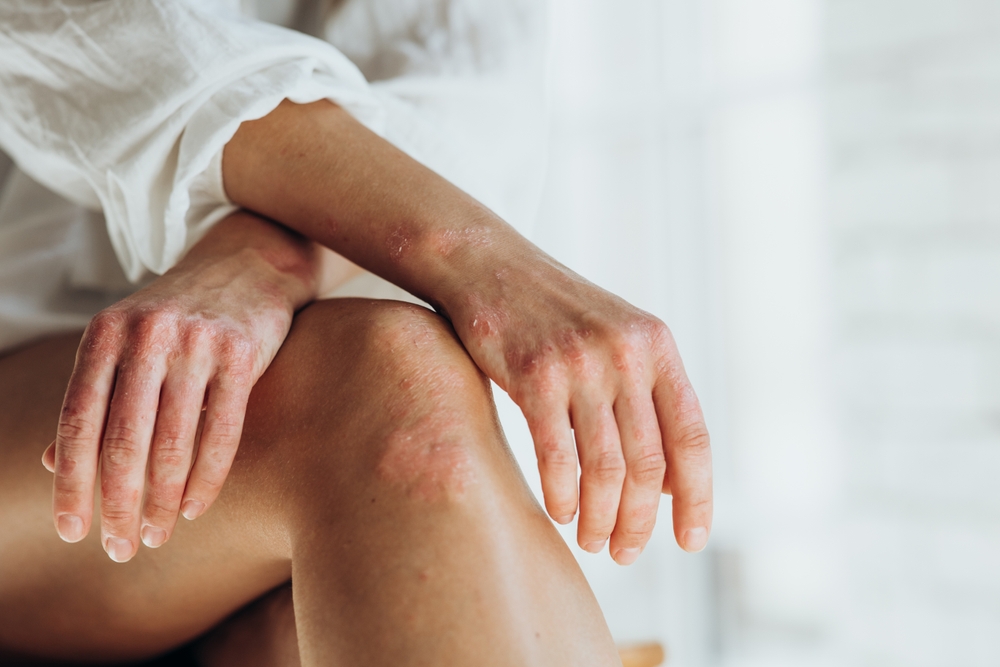Characterizing Flare Episodes in Patients With GPP
Researchers sought to characterize generalized pustular psoriasis (GPP) in US patient electronic health records. In their study, published in JAMA Dermatology, they suggested that treatment overall is lacking in the GPP flare population, especially as patients rarely received advanced treatments during episodes.
This retrospective study included 1535 patients (female, 66.3%; mean age, 34 ± 14.7 years) with GPP. Of those patients, 271 had experienced a total of 513 reported flares. Flare episodes were detected via an algorithm and assessed for total occurrence, care setting of diagnosis, type of health care provider, type of treatment, and treatment outcomes.
Compared with patients without GPP flares, patients with flares had increased mean Charlson Comorbidity Index scores, increased treatment use, were almost 2 times more likely to visit an emergency department (ED), and almost 3 times more likely to seek inpatient care.
Additionally, the researchers noted that 53%, 36%, and 9% of flares were detected in outpatient, inpatient, and ED settings, respectively. Among all flare episodes, 35% were treated with topical corticosteroids, 21% with opioids, 13% with oral agents, and 11% with oral corticosteroids. Notably, the researchers found no dermatological therapies were used during or in the 30 days before or after 24% of recorded episodes.
Overall, the authors judged there to be a significant unmet need for effective management of flare episodes in patients with GPP.
Reference:
Zema CL, Valdecantos WC, Weiss J, Krebs B, Menter AM. Understanding Flares in Patients With Generalized Pustular Psoriasis Documented in US Electronic Health Records [published online ahead of print, 2022 Aug 10]. JAMA Dermatol. 2022;e223142. doi:10.1001/jamadermatol.2022.3142
Link: https://jamanetwork.com/journals/jamadermatology/fullarticle/2794824









